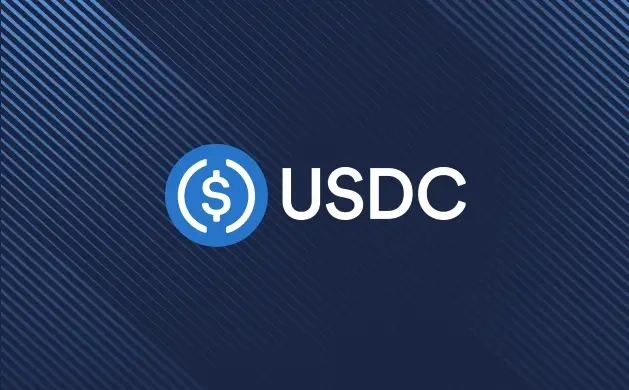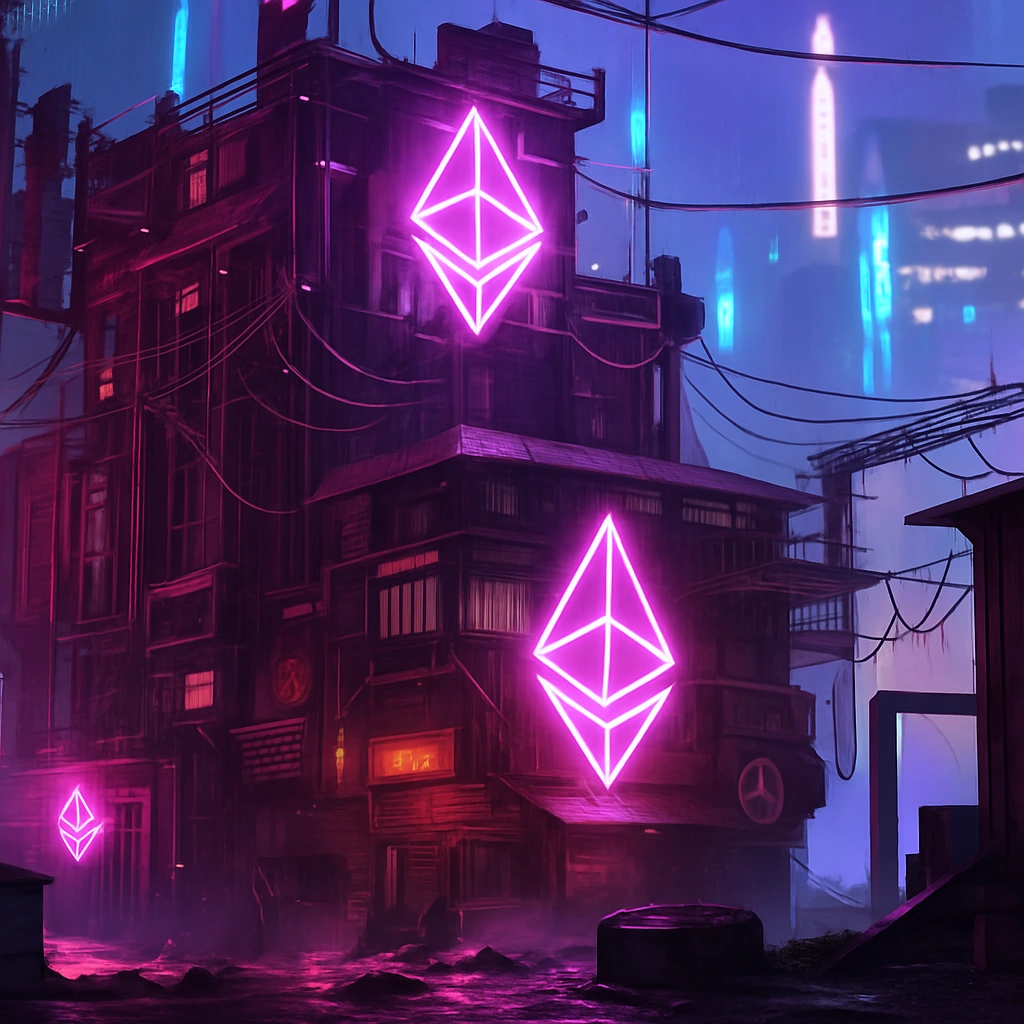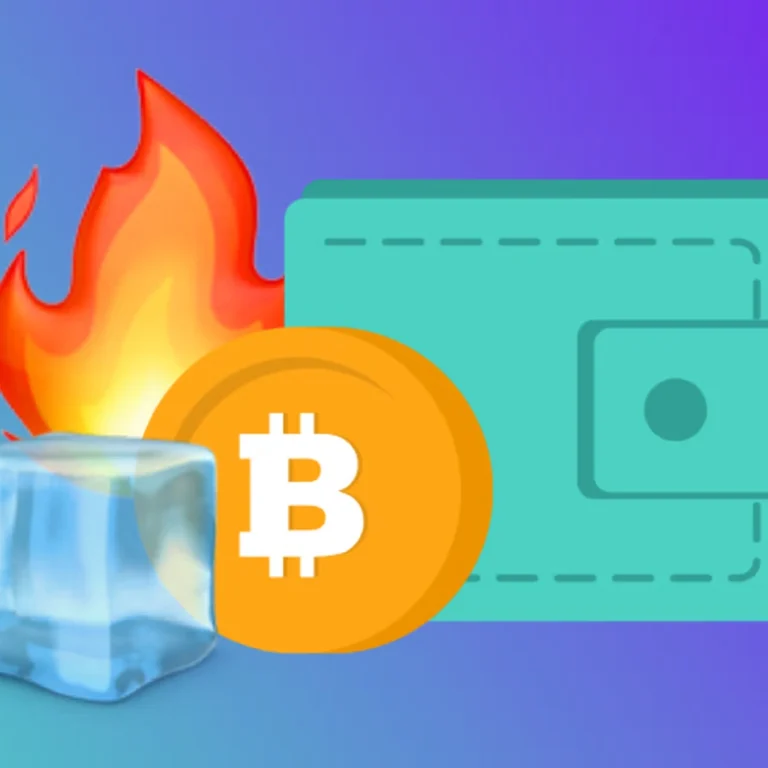NEW YORK, June 6 — When Miguel first heard about DeFi yield farming, it was 2020 and he was stuck in lockdown, watching crypto YouTube videos between remote work calls. “It sounded almost too good to be true,” he recalls. “Put your tokens into a protocol and watch them grow? I was hooked.”
Fast forward to 2025, and Miguel’s journey with DeFi yield farming has been anything but linear. Like many early adopters, he saw the wild highs—triple-digit APYs, new protocols launching every week, Discord servers buzzing like trading floors.
But then came the crashes. “One day I was up 200%, the next, my tokens had lost half their value. That’s when I realized: this isn’t passive income. This is full-contact crypto.”
So… is DeFi yield farming still profitable? Miguel’s answer: “Yes, but not the way most people think.”
Remembering the Early Days

For those unfamiliar, DeFi yield farming means earning crypto rewards by lending or staking tokens in decentralized protocols. In the early days, Miguel chased high returns on platforms like SushiSwap and PancakeSwap, often jumping in blind. “It was a rush,” he says. “Everyone was farming something.”
Back then, protocols often lured users with unsustainable tokenomics—rewards paid in volatile native tokens that sometimes tanked overnight. “I made $10K one month and lost half of it the next,” Miguel admits.
Where It Stands in 2025


Today, the hype has cooled—but the strategy still exists. The returns? More modest. The risks? Still very real.
Miguel’s approach has evolved. “I stopped chasing meme coins and focused on stablecoin pairs—like USDC/DAI—offering 6–8% annually,” he says. “It’s not sexy, but it’s reliable.”
Platforms on Layer 2 networks like Arbitrum and Base are his go-to now. “Gas fees on Ethereum used to kill profits. Layer 2s saved my strategy,” he explains.
He also relies on auto-compounders like Beefy Finance. “I don’t have time to micromanage anymore. These tools help reinvest gains and reduce missed opportunities.”
DeFi Yield Farming: The Risks Are Still Real

Miguel doesn’t sugarcoat the dangers. “Rug pulls, smart contract exploits, even stablecoin depegging—I’ve seen it all.” He references last year’s Curve Finance debacle, where liquidity vanished overnight.
And for newcomers? “Honestly, I’d tell them to learn the basics before diving in. This isn’t plug-and-play investing.”
He also points out a harsh truth: “Returns today are nowhere near the crazy numbers from 2020. If you think this will fund a Lambo, think again.”
So Who’s It For Now?

“DeFi farming in 2025 is more of a grind than a gold rush,” Miguel says. He believes it still makes sense for those who enjoy research, understand smart contracts, and are comfortable with the constant risk. “It’s not for passive investors. It’s for tinkerers.”
He spends time in forums, reads whitepapers, and watches the TVL (Total Value Locked) numbers like a hawk. “If you’re not paying attention, you’ll get burned.”
But when done right? “It still beats parking your money in a bank at 1% interest.”
Final Thoughts: Is DeFi Yield Farming Still Profitable?

So, is DeFi yield farming still profitable in 2025? For people like Miguel, who’ve learned from the chaos and adjusted their expectations, the answer is a qualified yes. “It’s not passive, and it’s not easy. But if you know what you’re doing and stay cautious, you can still make it work.”
He smiles, half-joking: “Just don’t bet your rent on it.”
In the ever-evolving world of crypto, yield farming may not be the gold rush it once was—but for those willing to do the homework, there’s still yield to be found… just with a lot less hype and a lot more hustle.
Relevant News: Debunking the Blockchain RWA Hype: What’s Real, What’s Not






